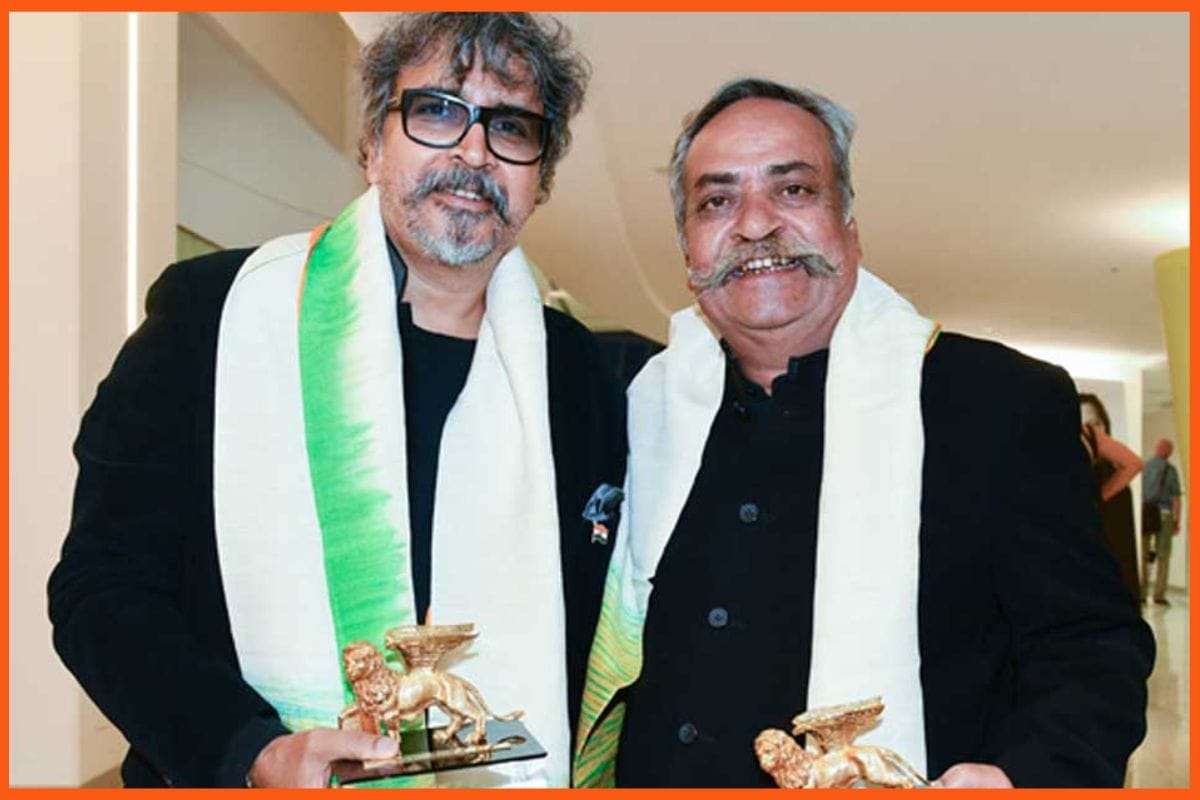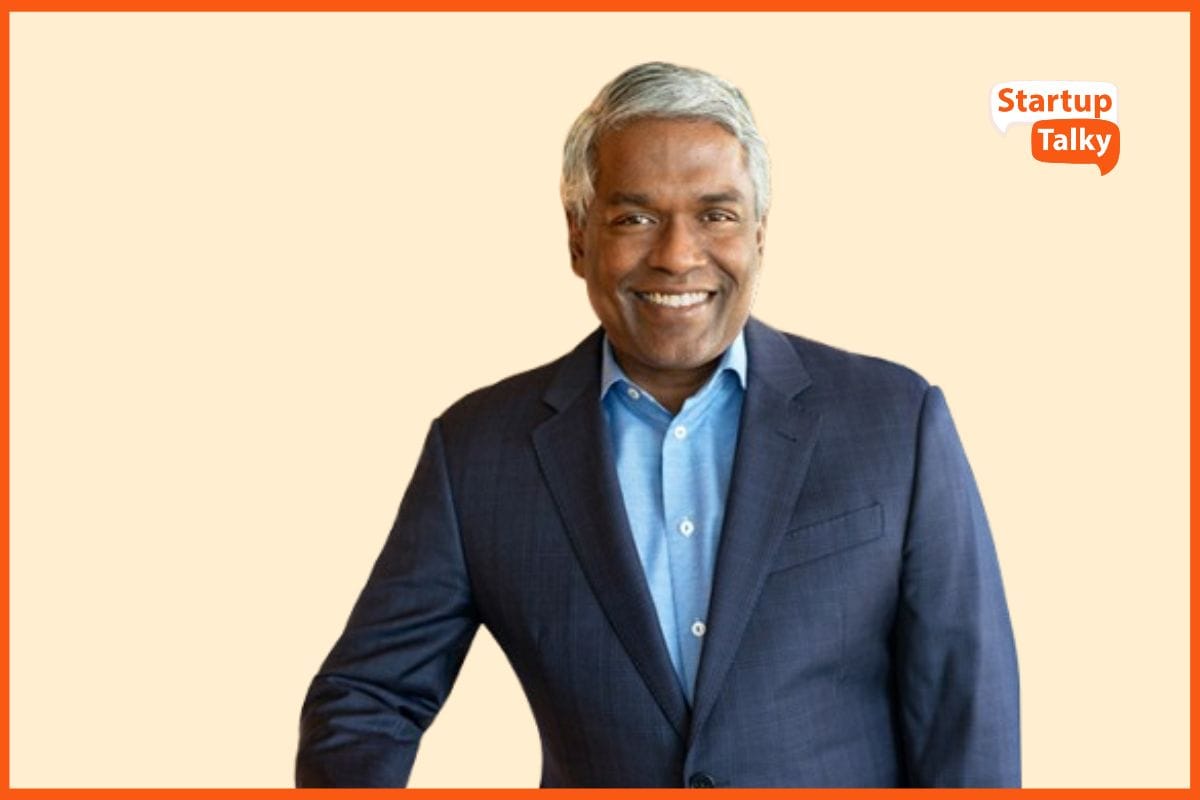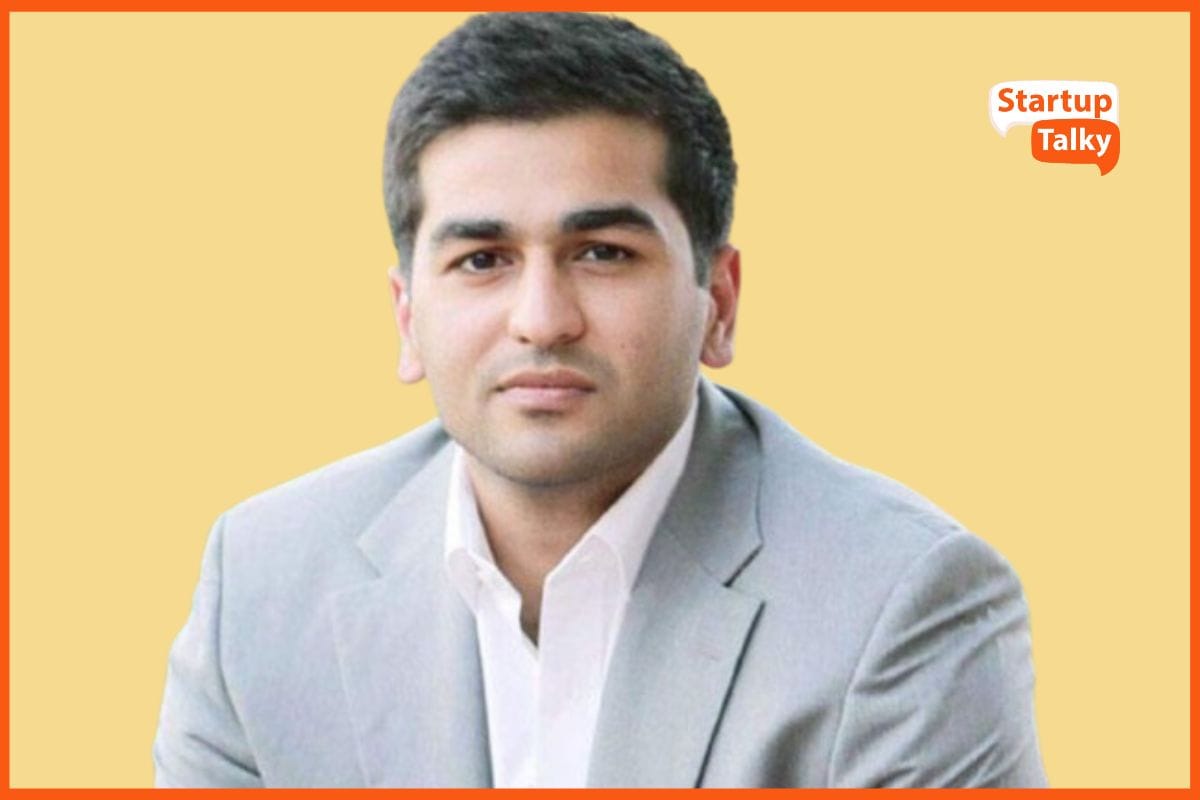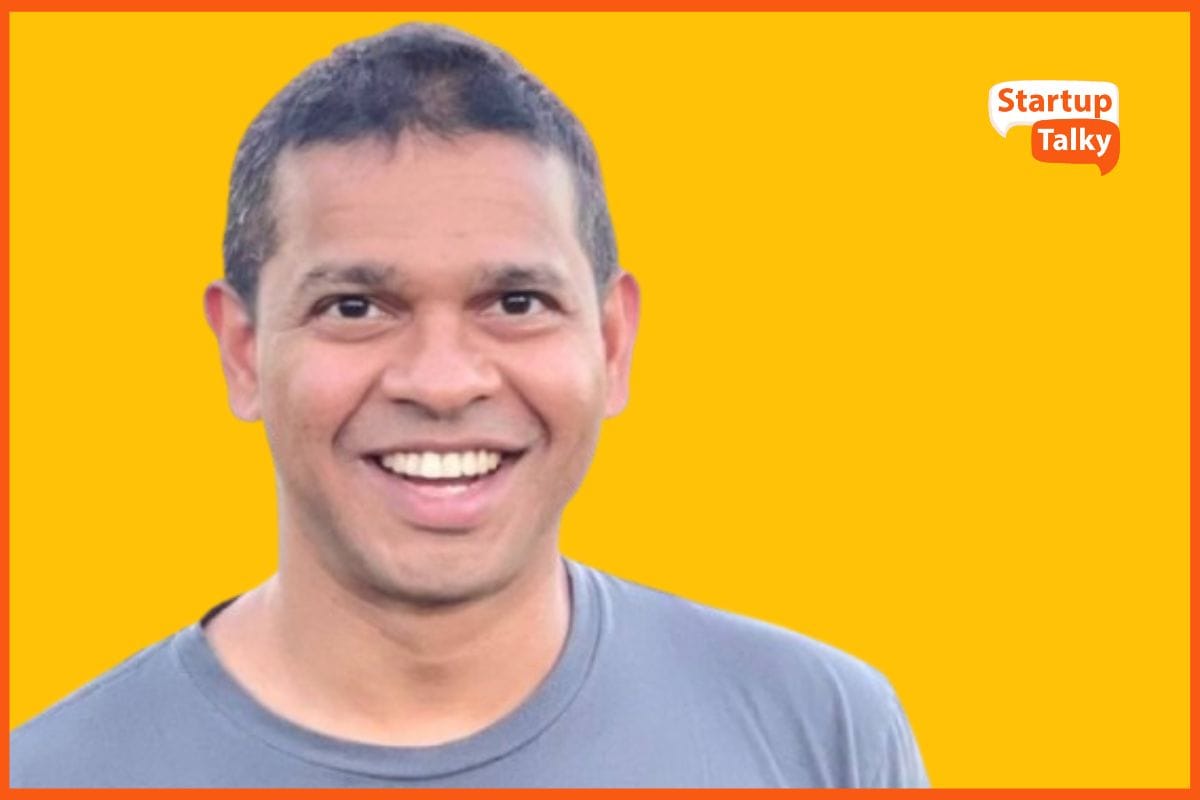When you hear the name Kiran Deshpande, you may only think of his popular son, Shantanu. But Kiran’s own story in India’s technology world is no less inspiring and filled with innovation and bold leadership.
From the study of engineering at BITS Pilani and IIT Bombay, he developed a career that combined both technical prowess and strategy. He revolutionized companies like Tata Consultancy Services, Tech Mahindra, and Mojo Networks, making an impact in the industry.
What’s really unique is that he’s someone who does it from a people-first perspective and balances growth with empathy and ethical leadership. Through mentoring startups and guiding young entrepreneurs, Kiran has been shaping the next generation of Indian tech leaders in a very subtle way.
In this profile, we explore his early life, career journey, leadership style, and lasting impact.
Kiran Deshpande – Biography
| Full Name | Kiran Deshpande |
|---|---|
| Known For | Former CEO & MD of Tech Mahindra, Co-founder of Mojo Networks, Father of Shantanu Deshpande (Bombay Shaving Company) |
| Nationality | Indian |
| Education | B.E. (Honours) in Electronics – BITS Pilani M.Tech in Electrical Engineering – IIT Bombay (Class of 1978) |
| Major Roles | Vice President (R&D), Interactive Multimedia Resources, USA (1992–1996) Managing Director & CEO, Tech Mahindra (1996–2001) Co-founder & CEO, Mojo Networks (2001–2019) |
| Key Achievements | Scaled Tech Mahindra’s revenue from ₹32 crore to ₹450 crore (1996–2001) Filed 35+ international patents through Mojo Networks Spearheaded the world’s largest Wi-Fi customer deployment project from India |
Kiran Deshpande – Early Life and Education
Kiran Deshpande – Career Beginnings
Kiran Deshpande – Leadership Style
Kiran Deshpande – Recent Statement (2022 Work-Culture Post)
Kiran Deshpande – Real-World Example
Kiran Deshpande – Early Life and Education
Kiran Deshpande is an accomplished engineer with strong ties to India’s premier institutions. He earned his B.E. (Honours) in Electronics from BITS Pilani and went on to complete an M.Tech in Electrical Engineering at the Indian Institute of Technology, Bombay (IIT Bombay) (class of 1978).
Although his exact birthplace is not publicly documented, Deshpande has roots in a Maharashtrian family and eventually made Pune his home. He remains a Pune resident, where he lives with his wife Rajani (a yoga instructor and classical musician).
From his very start, Deshpande’s education was firmly technical; he did not take an MBA, instead building on his engineering degrees. This solid technical foundation set the stage for a four-decade career in India’s technology and telecom sectors.
Kiran Deshpande – Career Beginnings
Deshpande entered the IT industry at Tata Consultancy Services (TCS) in 1978 and quickly took on significant responsibilities. In fact, early in his tenure, he was hand-picked by legendary leaders (including F.C. Kohli) for overseas assignments: he helped establish TCS’s U.S. presence by setting up the Dallas office in 1985 and the Boston office in 1987.
By the late 1980s, he returned to India to lead TCS’s Object Technology Group (building the MasterCraft suite of software tools) and the AI group, as well as to drive important CASE-tool initiatives.
In October 1992, Deshpande left TCS to become Vice President of R&D at Interactive Multimedia Resources (IMR) in the U.S. (a role he held until May 1996).
In June 1996, he stepped into the public limelight as Managing Director & CEO of Tech Mahindra (then Mahindra British Telecom). Over the next five years, he built the company from a small startup into a major telecom-services player
Under his leadership, Tech Mahindra’s revenue grew from INR 32 crores (≈INR 320 million) in FY 1996 to over INR 450 crores by FY 2001, a period in which he also navigated the company through IPO preparation (later postponed due to market turbulence) and laid the groundwork for future expansion.
These early roles, at TCS, IMR, and Tech Mahindra, established Deshpande as a rising leader in India’s tech industry, blending deep technical work with general management responsibilities.
Kiran Deshpande – Leadership Style
Colleagues and observers describe Deshpande as a pragmatic, people-oriented leader with strong ethics. He is known for setting bold growth targets while stressing team empowerment and integrity.
For instance, in his later years, he has publicly advised business leaders to build capable teams: during a TiE masterclass, he urged entrepreneurs to “hire people who are smarter than you” and to cultivate a “strong ethical culture” within the company.
His focus on ethics and mentorship is echoed by his long tenure in the startup community: as President of TiE Pune (2016–2019), he personally mentored over 30 startups, and he regularly gives talks and university lectures on entrepreneurship. During the tech industry downturn of 2022–23, Deshpande warned CEOs about over-hiring and urged a more humane, practical approach to management.
Kiran Deshpande – Recent Statement (2022 Work-Culture Post)
In August 2022, Deshpande’s son Shantanu (CEO of Bombay Shaving Co.) sparked controversy with a LinkedIn post urging young professionals to work “18-hour days” early in their careers. While Kiran Deshpande did not publicly issue a direct rebuttal to his son’s specific remarks, his own communications during that period underscore his thoughtful tone on work culture.
Notably, in January 2023, Deshpande wrote on LinkedIn about the tech-sector layoff wave. In that post, he urged greater empathy from corporate leaders, advising, “Don’t give any notice period but speak with the people before walking them out. Minimum courtesy, please!”.
He also warned CEOs to remain frugal and judicious so that the industry doesn’t face a “nasty fall”. The tone of these remarks is calm but firm; he calls for professionalism and civility even when difficult decisions are needed. While not mentioning Shantanu or the 18-hour post, Deshpande’s message implicitly champions a balanced and humane workplace culture.
Kiran Deshpande – Real-World Example
Deshpande’s career is marked by high-impact projects that reshaped companies and industries. One striking example was his turnaround of Tech Mahindra in the late 1990s.
When he became CEO in 1996, TechM was a INR 32 crore (320 million) startup; by 2001, he had driven growth to over INR 4.2 billion in revenue (about a 63% compound annual growth rate).
Under his guidance, profits kept pace (growing ~110% CAGR) and the company prepared for a public offering. This dramatic expansion, over an order of magnitude in five years, illustrates his strategic vision and execution.
Another example is Mojo Networks (formerly AirTight Networks), the Wi-Fi security company he co-founded in 2001 after leaving Tech Mahindra. Deshpande helped develop Mojo’s wireless intrusion prevention systems (WIPS) and later cloud-managed secure Wi-Fi products
Under his 18-year leadership as CEO, Mojo became a pioneer in Wi-Fi security: his team filed more than 35 international patents and even executed “the world’s largest Wi-Fi customer creation and deployment” from India.
The company’s innovative technology attracted global attention and funding, culminating in an acquisition by Arista Networks (a Nasdaq-listed networking firm) in 2019.
Conclusion
Kiran Deshpande’s legacy is that of a builder and mentor in the Indian tech ecosystem. Over 40+ years, he helped transform organizations, from scaling up Tech Mahindra’s revenues to creating world-class networking products at Mojo, and then turned his attention to helping others succeed. He remains an angel investor, board advisor, and TiE leader, sharing his experience with the next generation (e.g., teaching entrepreneurship to IIT students). He is well-known and revered by many startups and CEOs in Pune and elsewhere; according to one profile, his example of “building big companies from scratch” strongly inspired his son, Shantanu.

FAQs
Who is Kiran Deshpande?
Kiran Deshpande is an Indian technology leader and entrepreneur known for his transformative leadership in companies like Tech Mahindra and Mojo Networks.
What is Kiran Deshpande’s educational background?
Kiran Deshpande holds a B.E. (Honours) in Electronics from BITS Pilani and an M.Tech in Electrical Engineering from IIT Bombay (Class of 1978). His strong technical foundation has guided his 40+ year career in technology and telecom.
How is Kiran Deshpande connected to Shantanu Deshpande?
Kiran Deshpande is the father of Shantanu Deshpande, founder and CEO of Bombay Shaving Company.










